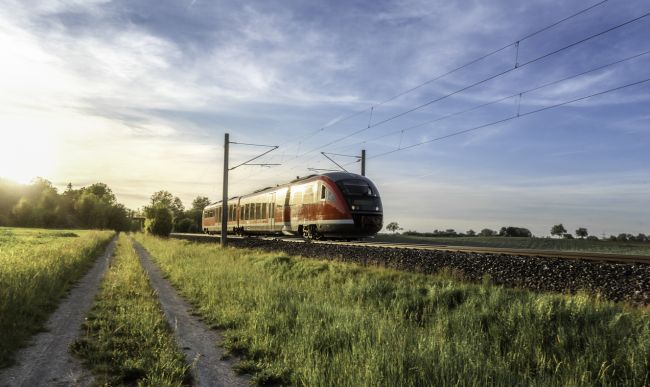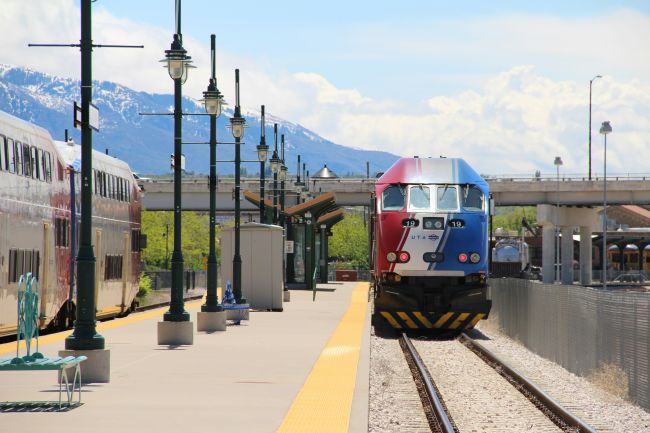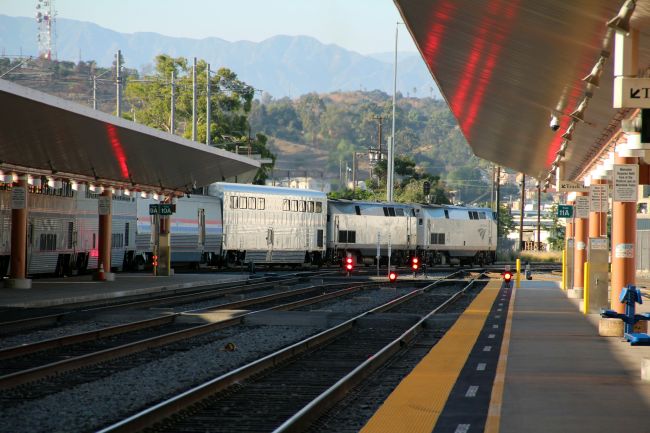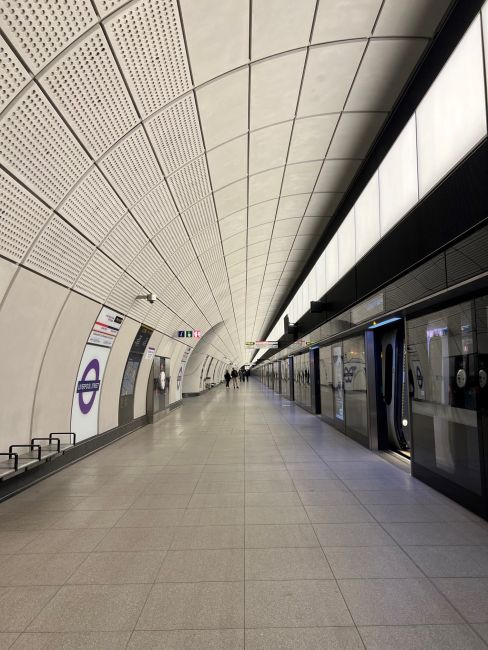Moving US passenger rail forward: Using a business mindset within the FRA CID Program
The FRA CID Program is a game-changing opportunity to revolutionize US rail mobility, reshaping travel nationwide.

The Federal Railroad Administration Corridor Identification & Development (FRA CID) Program, the biggest shake-up in the US rail sector for decades, represents a once-in-a-generation opportunity to bring about radical change in mobility choices across the country.
Previously, we have discussed ways that the underlying values of business, such as agility and momentum building, can help deliver and sustain a successful railroad and how a laser-like focus on customers, investors, and delivery can help to stay the course through a complex development process.
Here, we will highlight how business thinking is embedded within the FRA CID program, and how we can use a business mindset to shape our approach to successful rail service development.
Business thinking within the FRA CID Program
A business generates value. For a private business, that typically means profit. However, the definition of value expands when we consider a public (or publicly funded) business like passenger rail services, where questions of wider economic and societal benefits play key roles in determining business value.
With this lens, let’s look at the FRA CID program. Billions of dollars have been committed to investment, but what value is FRA seeking to derive?
The answer lies in the original establishment of the program itself. Fourteen (14) criteria[1] have been established against which projects are to be assessed and eventual funding decisions made. Collectively, they demonstrate a clear desire to generate value from this investment, including for example:

Only one of these criteria is strictly monetary, but all of them are aimed at achieving business success from an investment, delivery, or customer focus.
The example of ridership forecasting
Ridership is critical to satisfying many of the FRA criteria. It is part of criterion 2 (projected ridership, revenue, and costs) directly. In addition, without people riding the trains, there can be no “anticipated benefits” (criterion 3) or “benefits to rural communities” (criterion 7). Having a nuanced understanding of ridership – not just the total number of potential riders – is therefore important in demonstrating overall project value.
It is all too easy in this context to lean into detailed modeling, with lots of data to enable the dissecting of output forecasts in every conceivable dimension. Indeed, there will be benefits to this – knowledge is power, as they say.
However, it is critical to take a step back and examine modeling through a business lens. Detailed models require material time and effort to specify, develop, and apply. In this context, it could easily be a year or more into examining a proposed rail service before we have any answers as to how many people might actually ride it. Where is the agility? Where is the momentum?
Here there is an opportunity to create a fresh approach. In many cases, information that is approximately right and available sooner can be just as useful, if not more so, than definitive information further down the line.
Imagine your city has an upcoming major sporting event in 16 weeks’ time and you want to know how many extra trains you might need to run to accommodate the anticipated extra demand. Would you rather know now that you will need to serve approximately 300-400 extra people, or wait 15 weeks to know with more precision that it will be 348 people, with only one week remaining to then take any action?
A similar logic applies to the technical question of ridership within project development. In most cases, an answer that is approximately right will provide sufficient insight to make critical development decisions at the early stages of the project. Having a simpler strategic tool for early intervention can provide the agility and momentum a project needs while waiting for more detailed ridership forecasts.
The rail renaissance is underway across the US, and a new, agile, and creative mindset is required to make it a success. If you’re interested in discussing how Steer can help with this exciting chapter in US rail history, please contact us.

























